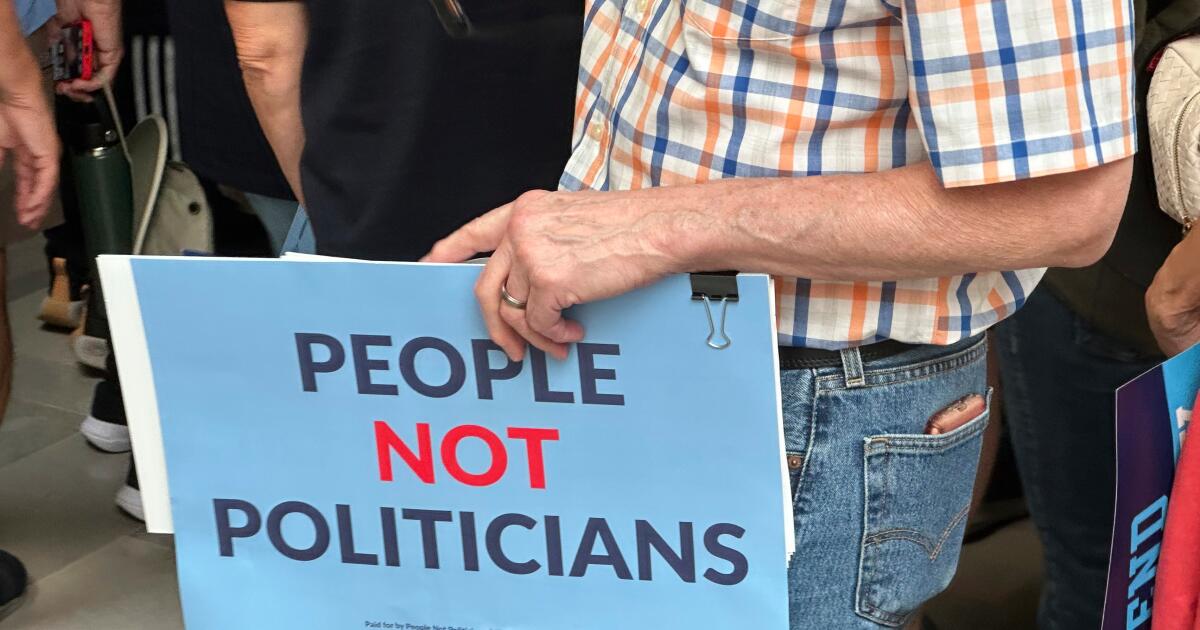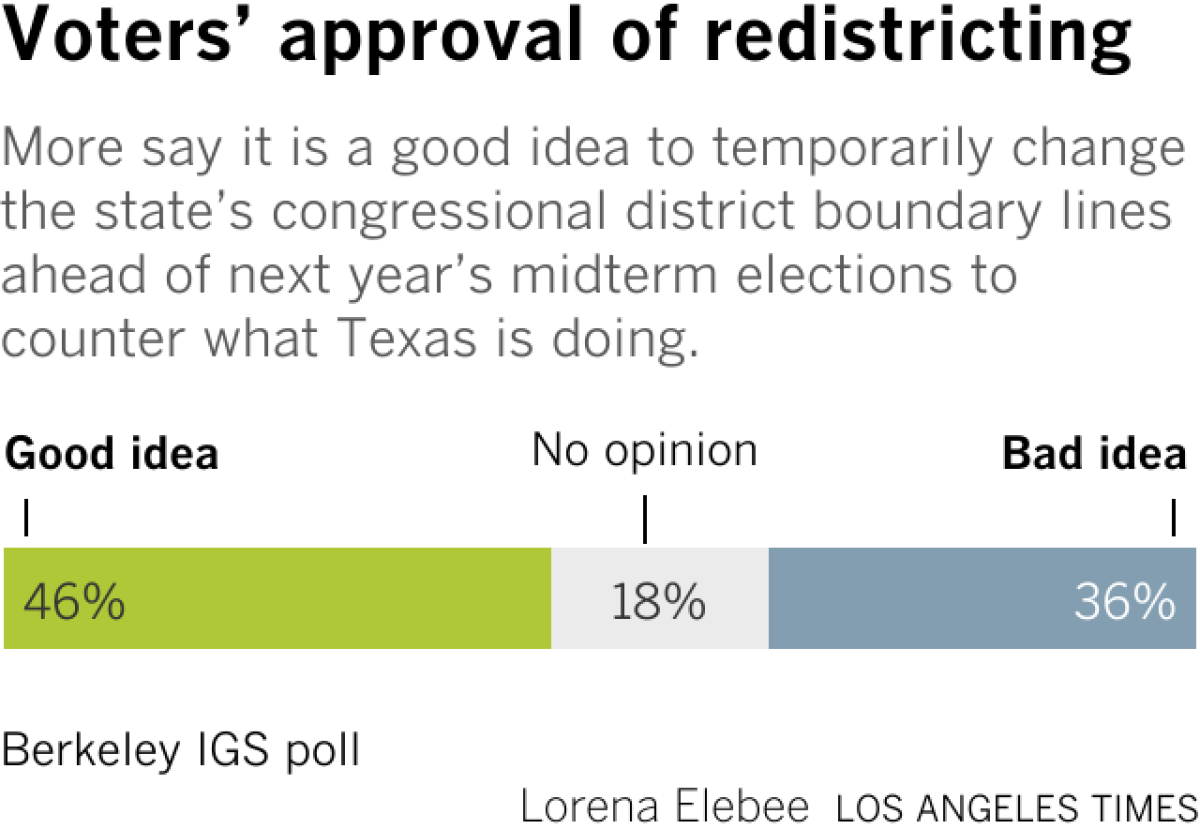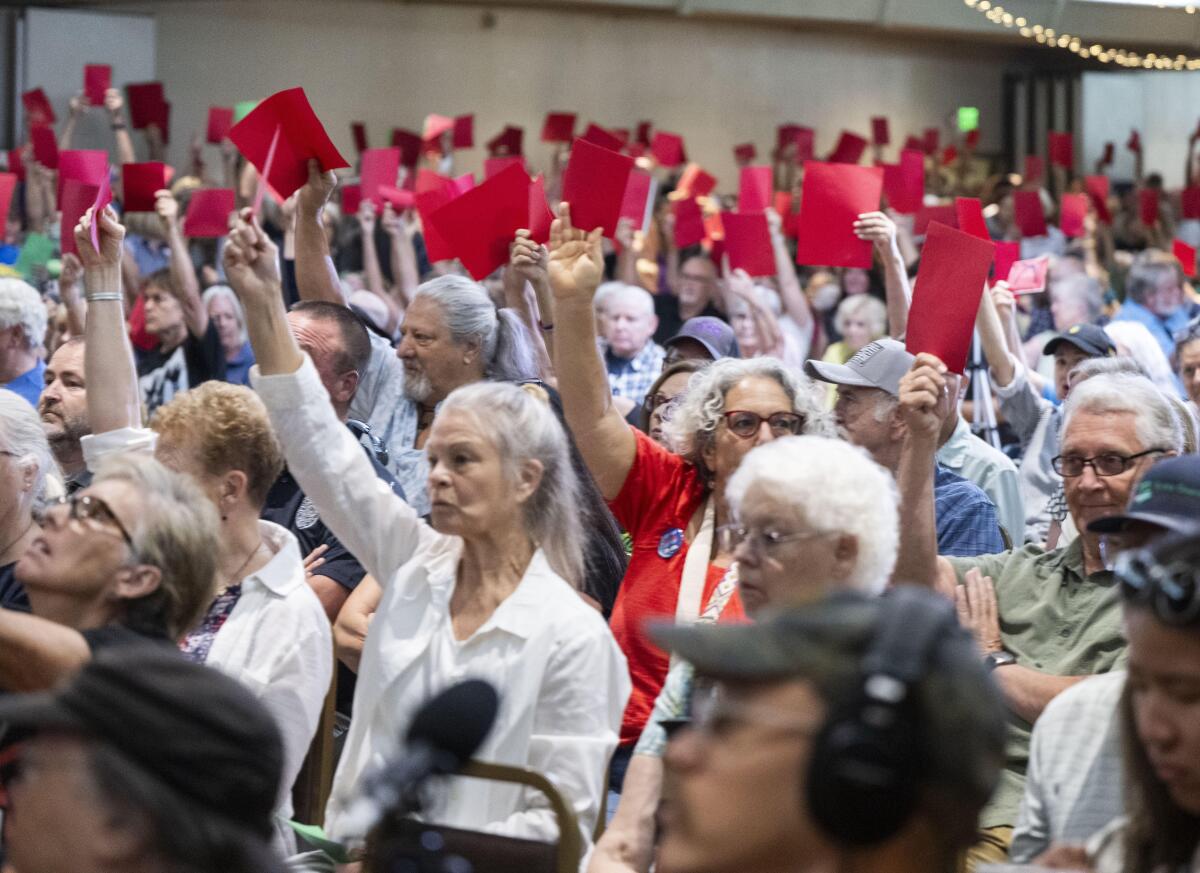Missouri Senate passes Trump-backed plan that could help Republicans win an additional U.S. House seat
JEFFERSON CITY, Mo. — Missouri Republicans handed President Trump a political victory Friday, giving final legislative approval to a redistricting plan that could help Republicans win an additional U.S. House seat in next year’s elections.
The Senate vote sends the redistricting plan to Republican Gov. Mike Kehoe for his expected signature to make it law. But opponents immediately announced a referendum petition that, if successful, could force a statewide vote on the new map.
“This fight is not over. Missouri voters — not politicians — will have the final say,” said Elsa Rainey, a spokesperson for People Not Politicians, which is leading the referendum effort.
U.S. House districts were redrawn across the country after the 2020 census to account for population changes. But Missouri is the third state to take up mid-decade redistricting this year in an emerging national battle for partisan advantage ahead of the midterm elections.
Republican lawmakers in Texas passed a new U.S. House map last month aimed at helping their party win five additional seats. Democratic lawmakers in California countered with their own redistricting plan aimed at winning five more seats, but it still needs voter approval. Other states could follow with their own redistricting.
Each seat could be critical, because Democrats need to gain just three seats to win control of the House, which would allow them to obstruct Trump’s agenda and launch investigations into him. Trump is trying to stave off a historic trend in which the president’s party typically loses seats in midterm elections.
Republicans currently hold six of Missouri’s eight U.S. House seats. The revised map passed the Republican-led state House earlier this week as the focal point of a special session called by Kehoe that also includes a proposal making it harder for citizen-initiated constitutional amendments to win voter approval.
The Republican-led Senate passed both measures Friday after changing the chamber’s rules, then shutting off Democratic opponents.
Kehoe promoted the reshaped districts as a way to amplify “Missouri’s conservative, common-sense values” in Washington.
Trump had pressed Missouri officials to act, asserting on his social media site earlier this week that the Senate “must pass this Map now, AS IS, to deliver a gigantic Victory for Republicans.”
Missouri’s revised map targets a seat held by Democratic U.S. Rep. Emanuel Cleaver by shaving off portions of his Kansas City district and stretching the rest of it into Republican-heavy rural areas. The plan reduces the number of Black and minority residents in Cleaver’s district, partly by creating a dividing line along a street that has served as a historical segregation line between Black and white residents.
Cleaver, who was Kansas City’s first Black mayor, has served in Congress for over 20 years. He won reelection with over 60% of the vote in both 2024 and 2022 under districts adopted by the Republican-led state Legislature after the 2020 census.
Cleaver has said he plans to challenge the new map in court and seek reelection in 2026, regardless of the shape of his district.
Cleaver’s revised Kansas City district would stretch from near the city’s St. James United Methodist Church — which Cleaver once led — 180 miles southeast to include another United Methodist church in rural Vienna. In the neighborhood around Cleaver’s hometown church, where his son is now pastor, about 60% of the residents are Black or a mix of Black and another race, according to U.S. Census Bureau data. By contrast, the area around Vienna has just 11 Black residents out of nearly 2,500 people.
Democratic state Sen. Barbara Washington of Kansas City, who described Cleaver as her longtime pastor, said the new map “erases the voice of my community.”
“Carving up Kansas City and silencing our constituents is terrible,” Washington said.
Kansas City resident Roger C. Williams Jr., a 79-year-old former middle-school principal, said the effort to reshape congressional districts reminds him of the discrimination he witnessed against Black residents while growing up in Arkansas.
“What Republicans are doing now in the state of Missouri is they’re taking me back to a time when I, or people that looked like me, would not have an opportunity, because they wouldn’t have a voice,” he said.
Republican lawmakers said little during Senate debate. But sponsoring state Rep. Dirk Deaton, a Republican, has said the new congressional map splits fewer overall counties and municipalities into multiple districts than the current one.
“It is a better map for the state of Missouri,” Deaton told a Senate committee Thursday. “By really every metric I look at, I feel that way.”
Lieb writes for the Associated Press. AP writers Heather Hollingsworth in Kansas City, Mo., and John Hanna in Topeka, Kan., contributed to this report.



